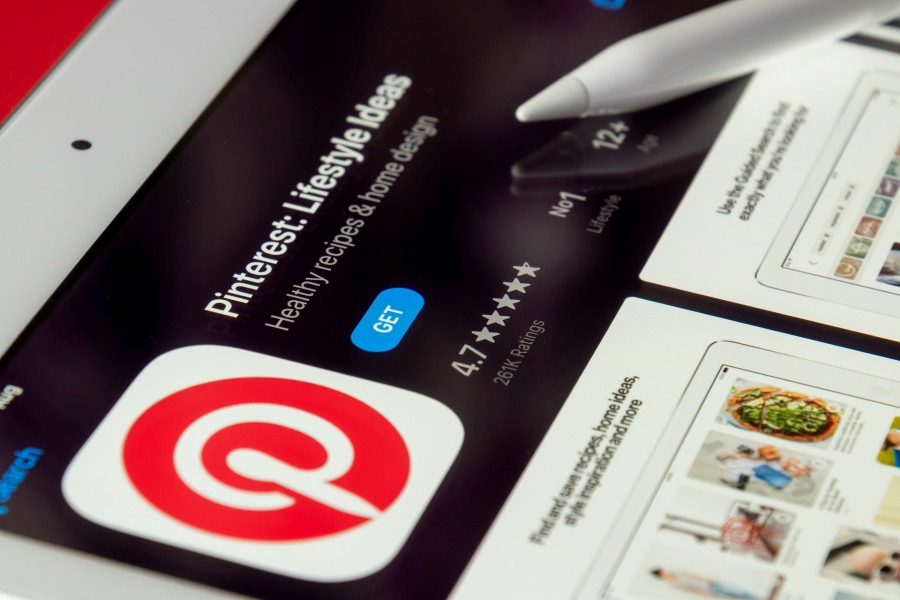
The recent shift towards mobile advertising has been immense, accounting for 60% of digital ad spend worldwide in 2022, with its total of nearly $288.1 billion being more than twice as much as desktop advertising. What’s even more fascinating is that this dominant market position hasn’t been a slow-burner, with 80% of mobile ad market value growth happening in the last five years.
Like so many tech and digital “unicorns,” mobile advertising has sprung from nowhere and changed the game so quickly, it’s left traditional players struggling to figure out the new rules – or to even get on the field in the first place.
The reasons mobile advertising has become so popular are unsurprising when you consider what it offers to marketers:
- Average daily use of smartphones has skyrocketed from just over one hour to, on average, over five hours since 2012.
- Reach is enormous, with nearly 85% of Americans owning smart devices.
- Increased smartphone capability means that connection speeds and picture and video display are pretty much equal to desktops. ● The popularity of mobile apps gives marketers powerful access to users’ undivided attention.
- Advanced metrics mean that campaigns can be completely tailored to maximize digital marketing spend.
- Tracking capabilities allow visitors to be retargeted and remarketed to as they move around the web.
With the unprecedented and highly individualized access to potential customers, it’s easy to see why everyone wants to grab a shovel and join in the mobile advertising gold rush that’s in full swing. But before you get in over your head, here are some important things you need to know about what makes mobile advertising different.
1. Mobile marketing has its own language.
You can’t make the most of mobile advertising without learning the language. Below are some of the most important terms you’ll come across:
Native ads: These are designed so that they look like they’re actually a part of the app or website being visited. For example, an ad for coffee might use characters from the game the user is playing.
Scrollovers: These are ads that take up a full-screen width, meaning that users have to scroll over them to get to the rest of their content, thus not being able to avoid the ad’s message.
Interstitial ads: These cover the whole screen during an appropriate moment during usage of mobile apps, such as a pause in play or changing from one screen to another.
Impressions: This is a digital marketing term that describes the moment an ad is viewed by someone or displayed on a page.
CPI (Cost Per Impression): This is a metric used to describe how much advertising costs per impression. It can also be described as CPM (Cost Per Mille), referring to cost per thousand impressions.
In-app purchases: These are purchases users make inside a company’s app, such as getting extra content to help them on a quest or give them more features, to provide a better experience or to make or renew subscriptions.
CTR: Click-through rate is the percentage of people who view your ad and follow through to visit the site or take a desired action.
Programmatic platforms: Highly automated bidding on advertising inventory in real time, which uses a wide variety of metrics to deliver intensely targeted advertising.
2. The mobile platform is a different beast.
Unlike display advertising, where everything is about capturing attention at a single glance, mobile marketing is defined by how consumers use their devices. This affects everything from the shape of the ad (e.g. mobile phone screens are generally in 16:9 aspect ratio) to whether the user has wi-fi or not.
Effective mobile advertising means understanding how consumers use their phones, and how that will affect the display of your ads.
3. The possibilities are endless.
Mobile usage opens up a whole new world of marketing possibilities for businesses. These include location marketing to target specific geographic areas, augmented reality to blend virtual concepts into the real world, and using native ads to piggyback on the trust and brand awareness of an app they are already using.
4. Getting users on your own app is the holy grail.
While utilizing ad networks that are already positioned in the market can be a quick and effective way to get into mobile advertising, the potential to connect goes much further. By developing and pushing your own app, you will gain greater control of your customers’ experience while gaining access to data concerning their preferences and habits.
5. Users expect an experience.
While much traditional advertising is happy with simply increasing brand awareness, this is not nearly enough for mobile. The interactive nature of mobile and the journey you can take people on in a few quick clicks and swipes means that if you are not giving potential leads a full-on experience, you’re not making the most of what mobile has to offer.
Got Digital Marketing Questions? We Have Answers
Taking full advantage of the changing landscape of marketing can be overwhelming. The experienced marketers at Bloom Ads are here to help make the transition smoother. Contact us today with any questions you have about mobile and digital marketing.



